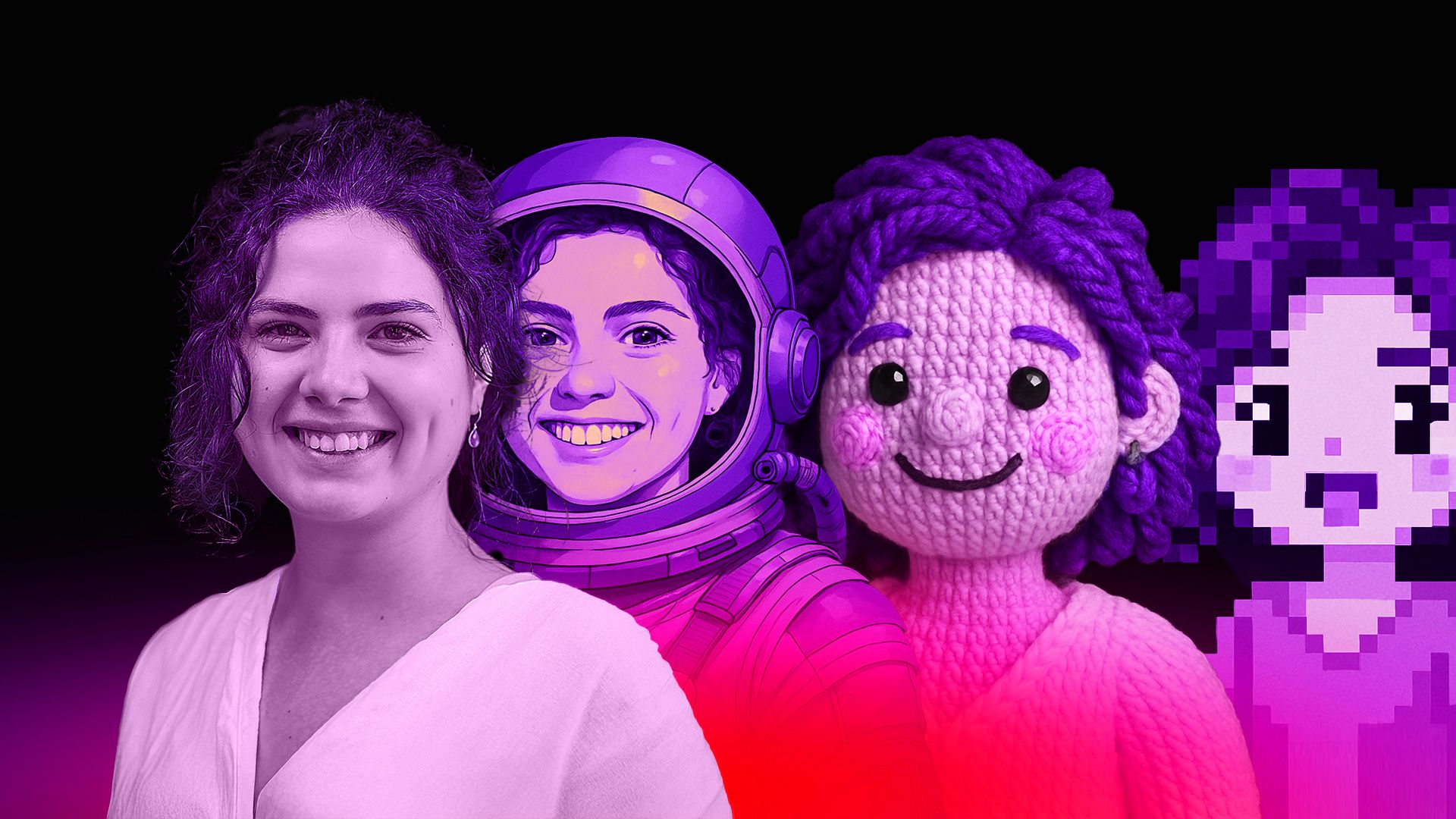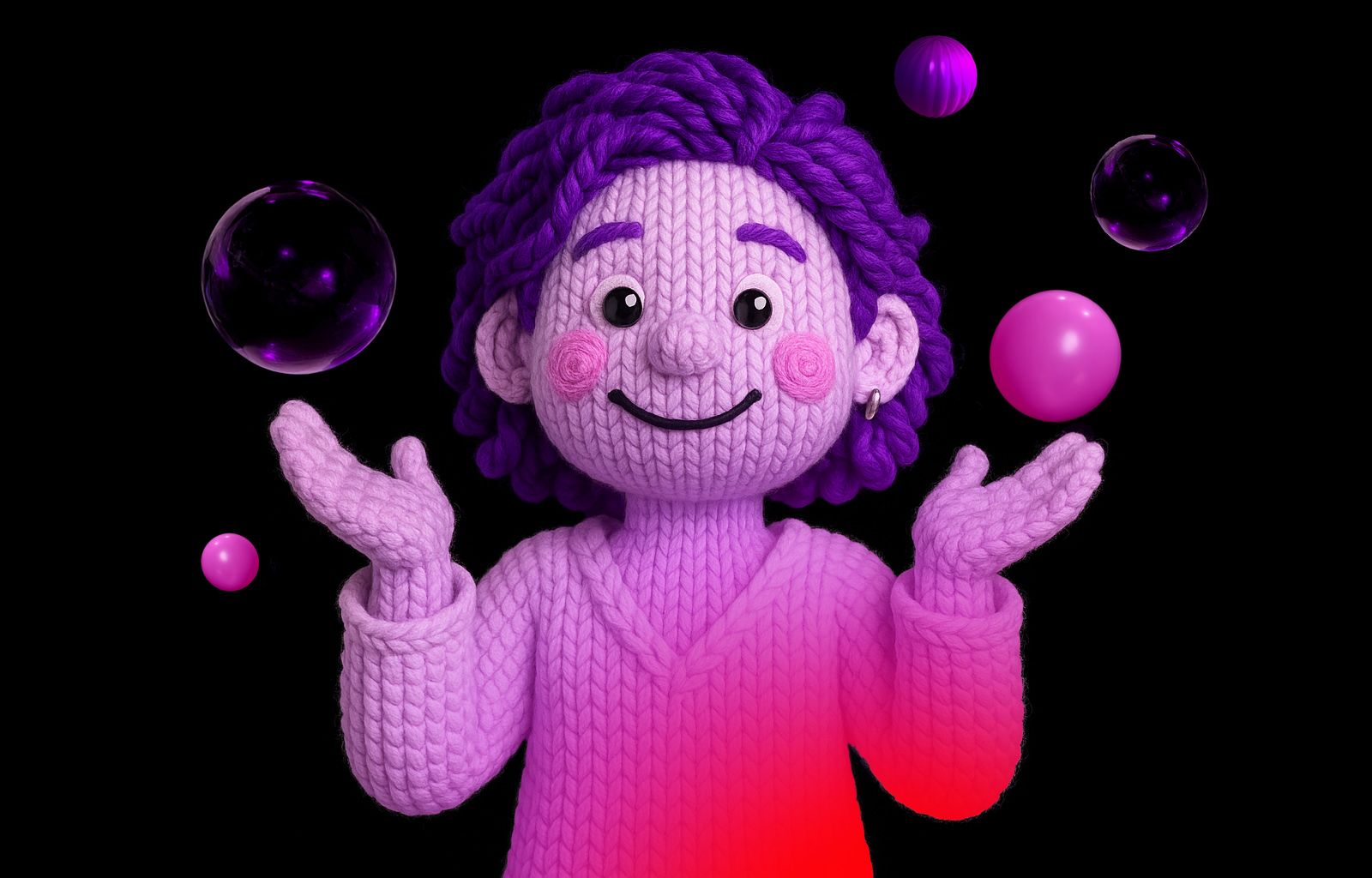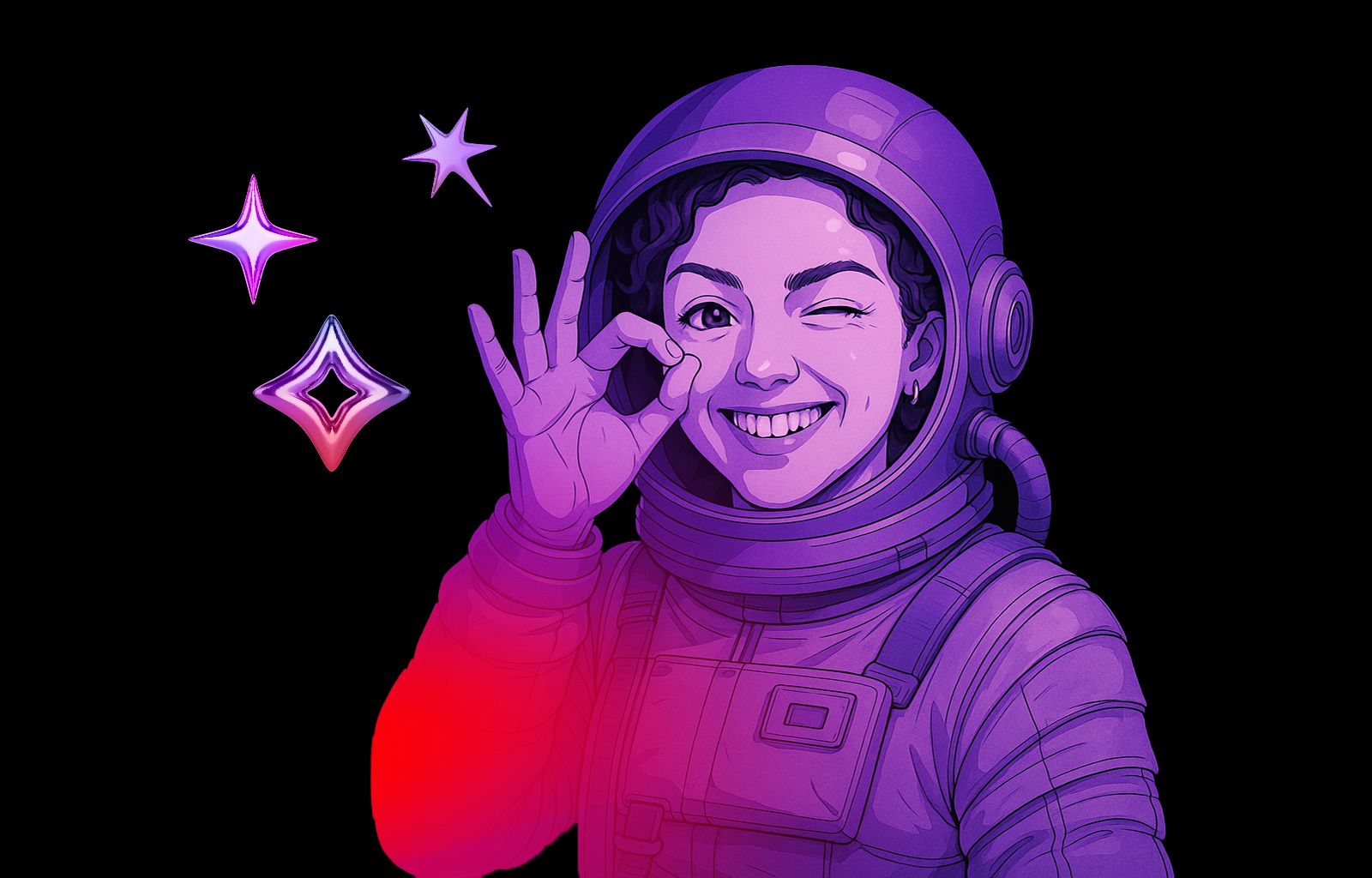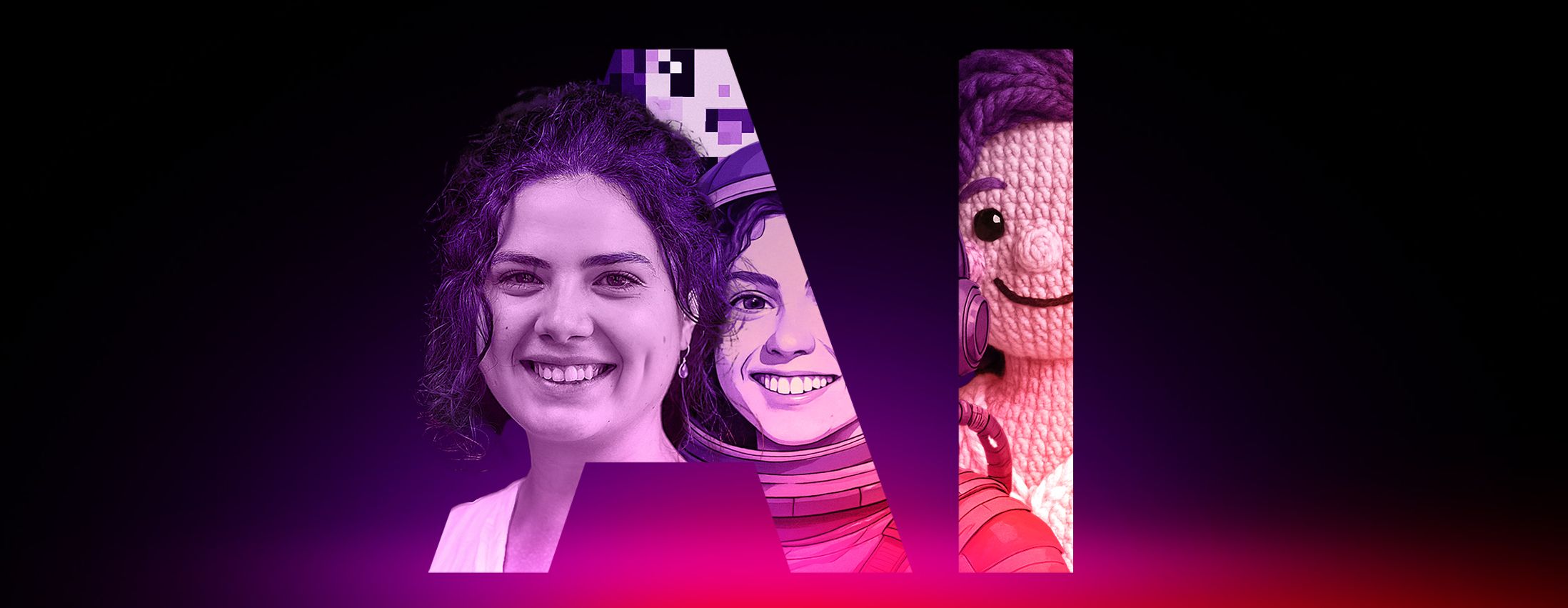Introduction
When I first got into consulting, the job felt pretty straightforward. Clients came to us with problems, we provided solutions, and that was that. But fast forward to today, things have changed! Suddenly, we find ourselves in a situation reminiscent of the Matrix (minus the whole “humans as batteries” part). AI has become our tool, our teammate, and sometimes our biggest challenge. At Riverflex we take an AI-first stance: on every engagement we begin by asking how intelligence can be automated or augmented before we design processes or structures. Why? Because clients don’t just want a list of solutions anymore; they need someone to guide them through a maze of possibilities.
Let’s dive into something that’s been on my mind lately: the paradox of choice. It’s a concept that’s always been around -I remember it was one of the exam questions during my customer behavior final exam in university- but with AI making its way into almost every corner of consulting, it’s never been more relevant.
The Paradox of Choice meets AI

The paradox of choice refers to the idea that having too many options can actually make us less happy and even freeze us in our tracks. Think about it: you walk into a supermarket, and there are 30 different types of chips. You start thinking, "Should I get the classic ones, sour cream and onion, or BBQ? What if I pick the wrong one and end up not liking it?" Suddenly, making a decision feels more stressful than enjoyable.
Now, apply this same concept to the corporate world, where AI is generating countless solutions based on data and algorithms. It’s like having 1,000 chips to choose from — but now, the client is overwhelmed by choice. This swelling option-space also forces consultants to gometa: we’re no longer just selecting solutions, we’re curating how choices themselves are framed and experienced. More options don’t always lead to better decisions. Sometimes, they lead to confusion.
This paradox shows up often in client conversations. For example, last week, I was talking to a client who works in the tech department of a multinational retail chain who was looking for ways to improve their customer experience. I showed them a range of AI-driven solutions, each backed by solid data — but the more options they had, the more paralysed and anxious they felt. It was a classic case of decision paralysis — almost like being in aMinecraftworld, surrounded by infinite resources and choices, unsure of what to craft next.
This kind of decision paralysis happens more often than you’d think. AI can generate countless‘perfect’strategies, but it can’t factor in a company’s unique culture, budget constraints, or that gut-level feeling we get when something just fits.
In meetings, it’s not only the numbers that matter. There’s the subtlesighwhen an idea seems too bold, a quick, skeptical glance exchanged between colleagues, or that unexpected, genuine smile when someone sees real potential. AI can’t capture the nuance of a raised eyebrow or the pause that speaks volumes before someone leans in with a question. These personal cues, the little human signals in the room, often reveal more about whether a plan will gain traction than any data set ever could. In the end, while AI provides a powerful toolbox, it’s the human element that picks the right tool for the job, blending data with intuition to navigate the complex landscape of real-world business challenges.
Consultants as curators: a new role

That’s where we (Next-Gen consultants) come in—not just as ‘experts who know all,’ but as curators who help clients navigate these options. Recently, I worked on a logistics project where AI suggested multiple pathways for reducing shipping costs. We had route optimisation models, automated scheduling systems, you name it. Each model looked brilliant on paper, but someone had to translate those options into something that made sense for the client’s specific challenges—like regional regulations and existing vendor relationships. That curator role is the beating heart of an AI-first consultancy—melding algorithmic breadth with human judgment to surface decidable paths, not justpossible ones.
My job was to sift through the noise, highlight the top contenders, and explain the pros and cons in plain English. It felt less like handing them a single ‘right’ answer and more like presenting a carefully selected menu: “Here’s what might work best for your budget,” “This aligns with your brand,” and “This one could complicate your existing contracts.”
AI can offer dozens of paths, but it can’t hold a client’s hand through the anxiety that comes with big decisions. I can. Last month, I was helping a client prioritise AI-driven data analytics tools. We used a simple decision matrix to rank each tool by cost, regulatory compliance, and how quickly their teams could implement it. Suddenly, what started as a laundry list of cool features turned into a shortlist of actionable steps.
Why the future of consulting is Next-Gen: Human + AI Consultants

So, is AI going to replace consultants? Not in my book. AI is an incredible resource—crunching data and surfacing insights in ways we could only dream of before, but it can’t replicate the gut feeling that comes from truly knowing a company’s culture or sensing a subtle shift in a client’s tone.
As consultants,we’re evolving from problem-solvers to Next-Gen decision-guides– curating options and pinpointing the one move that really counts. And in a world overflowing with possibilities, that kind of hybrid human touch is more valuable than ever.
If you’re curious about how to sharpen those Next-Gen skills, keep an eye out—my next piece will share a practical toolkit tailored for this AI-powered era.






